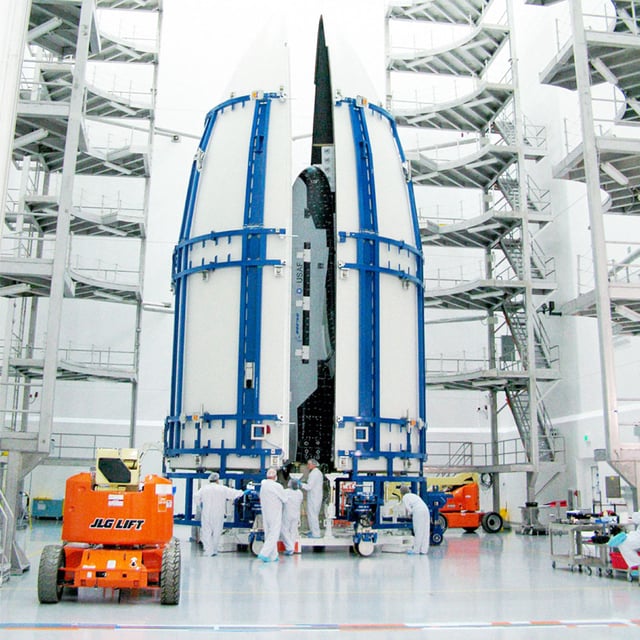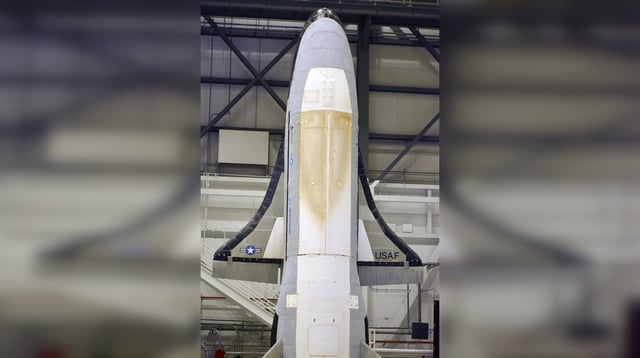Overview
- The OTV-8 mission is scheduled for launch on August 21 from Kennedy Space Center aboard a SpaceX Falcon 9 rocket.
- It will carry the world’s highest performing quantum inertial sensor yet flown in orbit to demonstrate precise navigation in GPS-denied environments.
- A laser communications payload will establish high-bandwidth optical links with commercial satellites in low Earth orbit to enhance data transport speeds, increasing network resilience.
- A service module will house additional experiments provided by the Air Force Research Laboratory alongside Defense Innovation Unit contributions, expanding the spacecraft’s experimental capacity.
- Since its April 2010 debut the Boeing-built craft managed by the Space Force Rapid Capabilities Office has flown seven missions—peaking at 908 days—to test maneuvers such as aerobraking; work that underpins efforts toward GPS-independent space networks.


